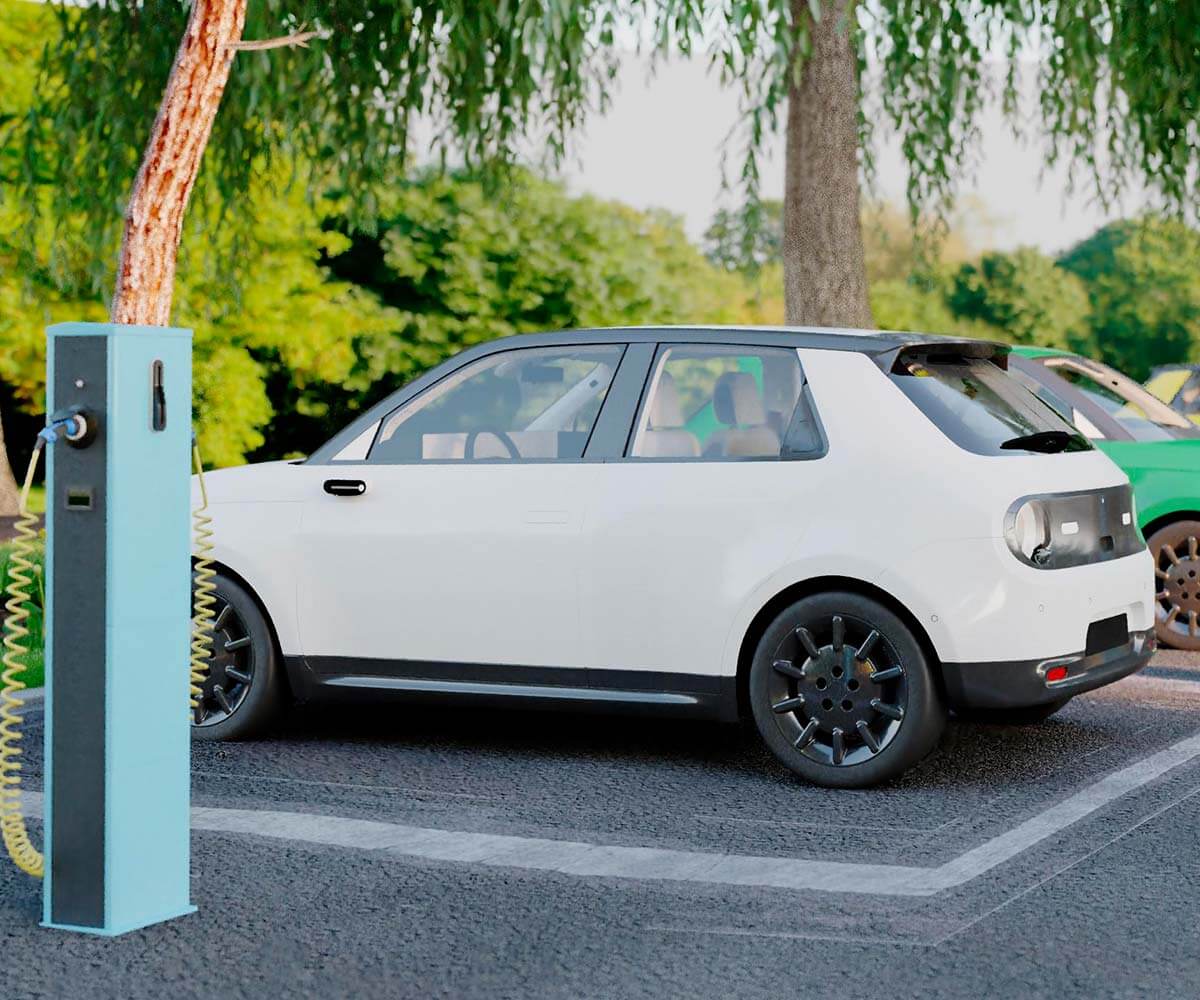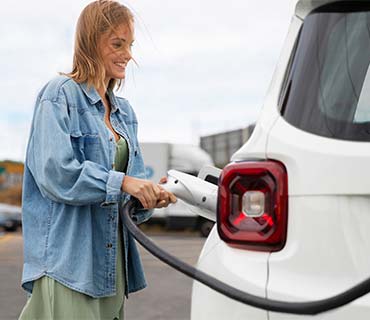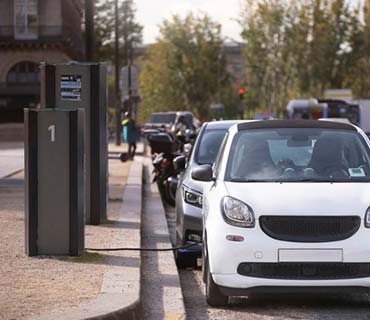Linkedin post
There is much discussion about the role of car parking, and the land area it occupies, as we strive to plan for sustainable development, reduce private vehicle journeys and shift to more sustainable forms of transport
https://www.parkingireland.ie/wp-content/themes/irishparking/img/files/Market-Report-2010.pdf
EVbnb.ie reply
If multistory carparks with thousands of low-power 3kW/7kW EV chargers were placed at all approaches to cities then those poorly served by public transport could “park and charge” with their EVs, take eScooter from boot or jump on public bikes Luas Dart Bus etc to complete journey allowing old-style carparks to be reclaimed.
Same applies in car-free zones as deployed in cities such as Freiburg. In all those cities EVs are encouraged with low-footprint multistory car-parks outside car-free area so residents can still live in a car-free zone but some can still use their EV outside that zone.
Problem in Ireland is grants exist for EV purchase but on-street charging in multistories doesent exist and not funded. Fingal to be commended as it has some EV lamppost charger pilots but too small to be effective.
“Further comment” EVBnBadmin
Congestion charges would move drivers to public transport in many countries but the single track on many train lines to Dublin and delay in Metrolink severely limits commuter public transport capacity in Ireland.
Government agencies just havent grasped the scale needed for effective “park and ride”, All cars in sales rooms by 2028 will be 100% EV so 100k EV registered every year from 2028 onwards. Ireland with same population as Norway needs an identical EV charging infrastructure.
EV unique as using the “car park space” as the “the charging space” means less need for expensive fast-charging hubs. Hubs don’t exist in cities so car parks will also need an “EV charging” function. Dublin Cork Galway Limerick need a “park and ride” multistory on all major approach roads with 3 to 7kW chargers at every parking space to alleviate city conjestion. Other countries already putting this “destination-charger” infrastructre in place but doesn’t exist in Ireland. Estimate is Ireland will need 40k destination-chargers so planning to use multistory at edge of cities woukd ease congestion and free up city car-parks for other use.
- Need for “park and ride” at all city approaches with PV solar cover.
- On-street overnight chargers in city residential streets.
In Freiburg owners who own car, park their EV outside car-free zone, plug in overnight and walk/cycle to their apartment. Next day can use public transport in city or use EV if travelling further.
Car registrations have reduced from a peak of 140k per year to about 100k so may stay at that level to 2030’s even with population increases.
Fiat have announced all EV by 2027 and VW Kia Ford 2028.
47K EV on road now. 2022 new EV registrations = 20k, 2023 35k, 2024 50k, 2025 70k, 2026 85k, 2027 onwards 100k so 800k by 2030 and 1 million by 2032.
There is no black and white world of public-transport replacing all car-ownership – they will both coexist with reduced car-ownership as has happened elsewhere in the Netherlands & Norway where EV intergal part of their “active travel” schemes.
Norway best comparison with only difference that distances between cities greater so Ireland with intra city journies 200km max could survive with less fast charger hubs and more destination chargers if someone started installing them.
Other countries push EV ownership by facilitating on-street charger with guarantee in the Netherlands of charger 100m from address of an EV owner.



